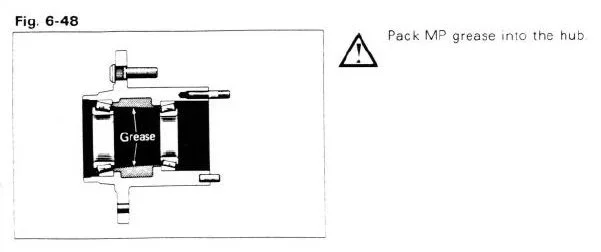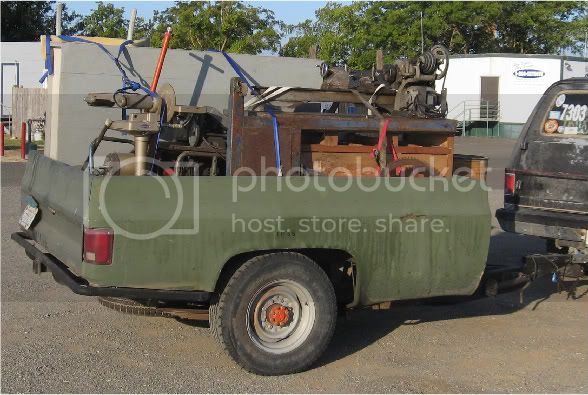But if you were to claim that oil/grease mix seizes bearings, the sky would fall, a bus-load of Nun's would catch fire or you wouldn't be able to get home after termites ate through the 1/4" plate of your diff housing.
Well then the discussion would continue.
I am surprised the toyota swivel seals can't keep oil in.
Inner seals fail all the time in toyota axles and it turns in to a gooey mess, but doesn't cause any harm other then leaking knuckles.
I actually just rebuilt my knuckles yesterday and on my knuckle there is NO way mine would be able to seal. Its to pitting form years of sitting and not being properly maintained. But if they had been oil bathed from the get go who knows.
I know you guys are probably talking about Rear FFs but I don't have those







 Hijack over.
Hijack over.